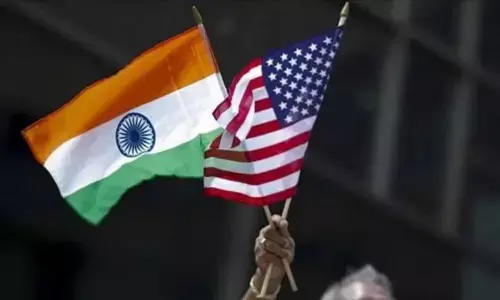Social Consciousness: Krishna, The Charioteer

Blurb: In one of the invocatory verses of the Gita, Krishna is compared to the charioteer. The verse describes him as the wish-fulfilling tree to those who listen to him and as a person having totra-vetra in one hand and jnana-mudra in the other. He is also the person who milks the nectar called the Gita from the Upanishads which are the cows
The car we use is an assemblage of several parts. Though the engine is most important, we concentrate on the steering and the driver because the driver has to steer the car in the right way. Our old texts compare the human body with such an assemblage, called a chariot. This is a more accurate comparison to illustrate what Vedanta is going to say.
We see horse-drawn chariots in films, and we have some idea of the parts. The horses run in front, controlled by the charioteer who holds the reins. The master sits in the rear seat of the chariot. If the charioteer does not restrain the horses by holding the reins, the horses can get attracted to various things on the path and can draw the chariot into a ditch. The charioteer carefully steers the horses on the right path. He has whiplash in his hand to check them from going astray and he also has a goad to speed them up.
The Kathopanishad, a very ancient text, explains the comparison. The five sense organs are the horses. These are our instruments of knowledge. But they can get attracted to various objects of sensual pleasure. The eye sees a beautiful thing and wants to possess it. The tongue wishes to take the favorite ice cream though it is against the interest of the body. Other sense organs seek pleasure in the same way. The impulsive mind (called manas) can wander wherever the senses lead it. If these senses are not checked by a discriminating mind, they can take the person on a path of disaster just like the unchecked horses. Hence the Upanishad compares the discriminating mind, called buddhi, (intellect in English) to the charioteer and the impulsive mind (manas) to the reins. You and I are the masters, having the ride.
In one of the invocatory verses of the Gita, Krishna is compared to the charioteer. The verse describes him as the wish-fulfilling tree to those who listen to him and as a person having totra-vetra in one hand and jnana-mudra in the other. He is also the person who milks the nectar called the Gita from the Upanishads which are the cows.
Swami Akhandananda Maharaj explains this beautifully. Krishna has another name, Hrishikesa, which means ‘the lord of the senses’. He is the charioteer not only for the chariot of Arjuna but for all of us if we choose so. He is the guide physically and figuratively. He is the discriminating mind, buddhi, holding totra (the reins) and vetra (the goad or spur) to restrain the sense organs, the horses to be restrained. This self-restraint is called samyama in yoga. The spur is to punish the horses if they go on the wrong path or to speed them up. Thus, he not only restrains but also drives a person on the right path. As a person driving Arjuna’s chariot, he does both. His teaching is the nectar which strengthens Arjuna in the battlefield.
The display of jnana-mudra by Krishna symbolises the oneness of the individual with the infinite, the oneness of jiva with Brahman. But let us not fear that Krishna is depriving us of the pleasures of life. He is a guide not only for the spiritual path but for the worldly path too. He spurs us into the right action and achieve success in life. Human life is called kuru-kshetra, the field of work. Kshetram means the field and kuru, means work. One has to steer one’s way in this world with a multitude of choices, likes, dislikes, pleasures, pains, challenges and opportunities. Krishna, the teacher of Vedanta, which is the highest message of the Upanishads, is also a king who enjoyed life, besides his duty on earth to establish dharma. In fact, he lays stress on the right action for worldly success. He can also be a guide if we choose to transcend action and attain liberation.
(The writer is a former DGP, Andhra Pradesh)













